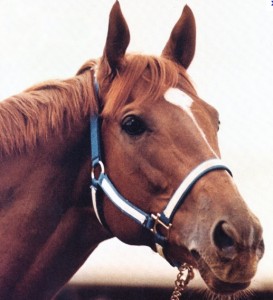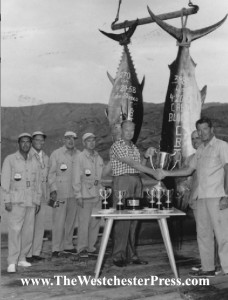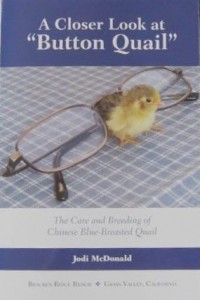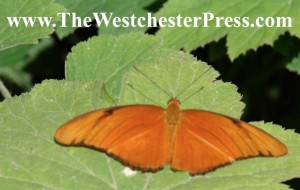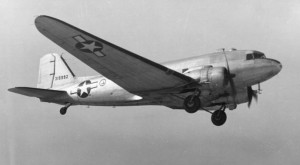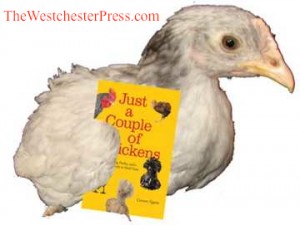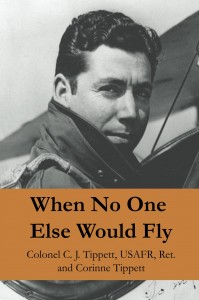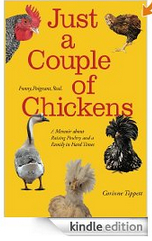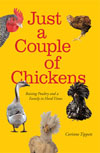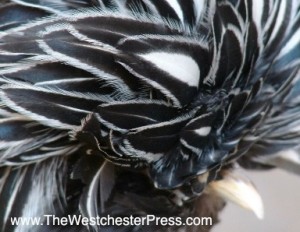
Silver Laced Polish Chickens enjoy heat lamps in the winter… and I learned to hang them high enough to clear their head feathers! But now I have to watchit for teflon-coated heat lamps as well!
I used red heat lamps extensively both when I was brooding my 100 poultry chicks, and each winter of their lives, to keep them comfortable.
Other than the Polish Chickens burning their head feathers on the hot bulb, I had no problem… but that was more than two years ago and there’s a new technology out there resulting in red heat lamps that are coated with teflon.
And teflon is extremely toxic to birds when heated… teflon fumes = dead chicks. The teflon makes the bulbs shatterproof, and these bulbs are intended for food warming, but this new development makes it important that backyard poultry farmers be very careful when choosing the right heat lamp bulb.
In another new technology development, there are energy efficient, ceramic heat lamps available that don’t put out any light… and have no teflon threat, and Rocio Crespo, DVM, MS, DVSc, Dip ACPV suggests that we use them for our brooders and not risk the red heat lamps.
Dr. Crespo presented a talk to the Pacific Northwest Poultry Association (PNPA) in November this year, and I was very happy to be able to hear her speak. For one thing, I totally would have used heat lamps for my birds – and potentially gassed them all to death, and for another thing, she had many other valuable pieces of information. I learned a huge amount!
Rocio Crespo is the Branch Director, Associate Professor at the Avian Health and Food Safety Laboratory at the Washington State University College of Veterinary Medicine, in Puyallup, WA. Her knowledge of chicken keeping, and her availability as a knowledge resource is amazing. People contact her with chicken health mysteries they cannot solve, and this is how she learned of the teflon danger. An entire brooder of new chicks expired one night, and Dr. Crespo narrowed down the clues until a light bulb moment appeared overhead. A red teflon light bulb.
I had kept my chicks in constant light, thinking that was better for them, and for me (checking on them in the night), but the lightless heat of the creamic bulb gives the chicks a chance to learn the cycles of day and night, which Dr. Crespo says is better.
SO! good to know… no more red bulbs for me for poultry. And no more overheating my teflon frying pans… if it isn’t good for chickens it probably isn’t good for children. (Oops.)
Thank you Dr. Crespo and the PNPA!

